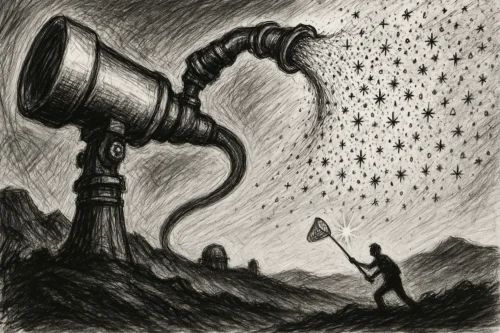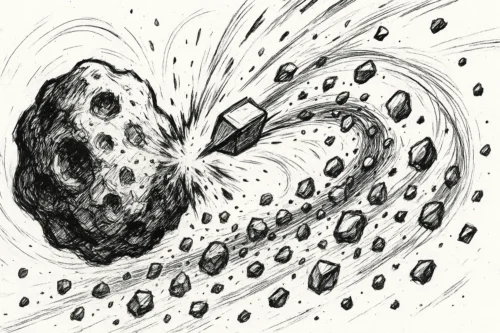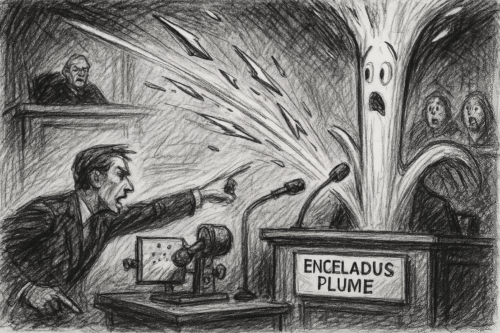Space
-
A Eulogy for Lost Wonders: Bill Nye’s Warning on NASA’s Budget Squeeze
A Eulogy for Lost Wonders: Bill Nye's Warning on NASA's Budget Squeeze TLDR: Bill Nye, the Science Guy himself, is out there protesting NASA's proposed budget cuts, calling them an "extinction-level event" for space exploration. We're talking about slashing funds that could doom 41 missions, from hunting for life on Mars to probing icy ocean… read more
-
When the Sky Is Too Interesting: Rubin Observatory’s 10-Million-Alerts-a-Night Problem
TLDR: Rubin will generate approximately 10 million alerts nightly—ten times current surveys. The bottleneck isn’t the telescope’s ability to see the universe; it’s the “plumbing” deciding what deserves follow-up. Seven specialized alert brokers, armed with filters and machine learning classifiers, will sift that torrent for events worth precious telescope time. What we discover becomes a… read more
-
Not billiard balls, beanbags: Gaia’s findings challenge our go-to deflection playbook
TLDR: Gaia’s massive asteroid dataset reveals a mysterious “gap” in rotation speeds that only makes sense if most asteroids are loose “rubble piles”—floating heaps of gravel, dust, and rock held together by weak gravity, not solid monoliths. This matters because hitting a rubble pile is less like a billiard-ball collision and more like punching a… read more
-
We Read Enceladus’s Ocean by Smashing Snowflakes at 40,000 mph—So What Do “Complex Organics” Actually Mean?
Here’s the gist: In 2008, NASA’s Cassini spacecraft flew through the icy plumes of Saturn’s moon Enceladus and deliberately slammed fresh ice grains into a metal plate at 40,000 miles per hour. A 2025 reanalysis of that collision data confirmed “complex organics”—including esters, ethers, and aromatics. Fantastic news for habitability, but not evidence of life.… read more




